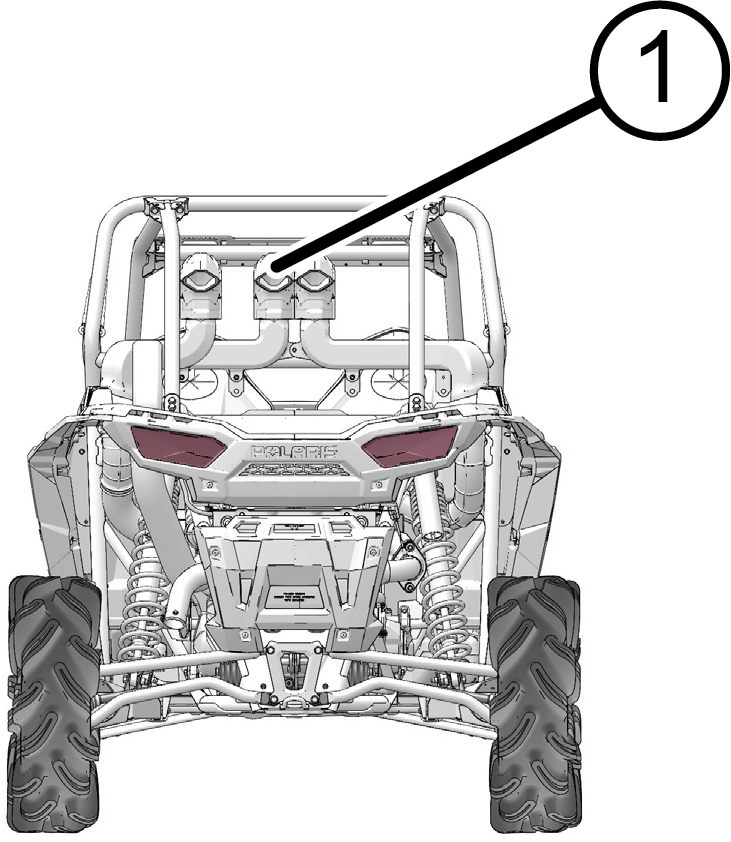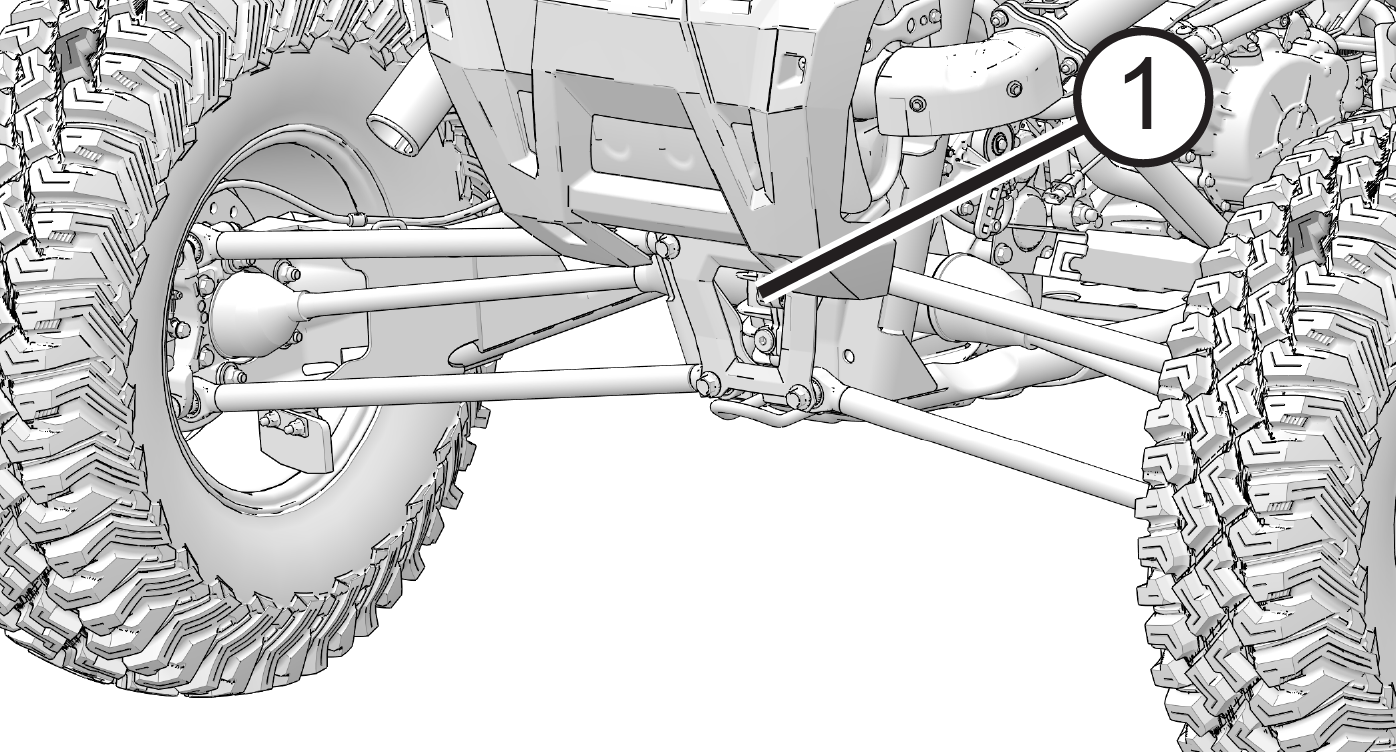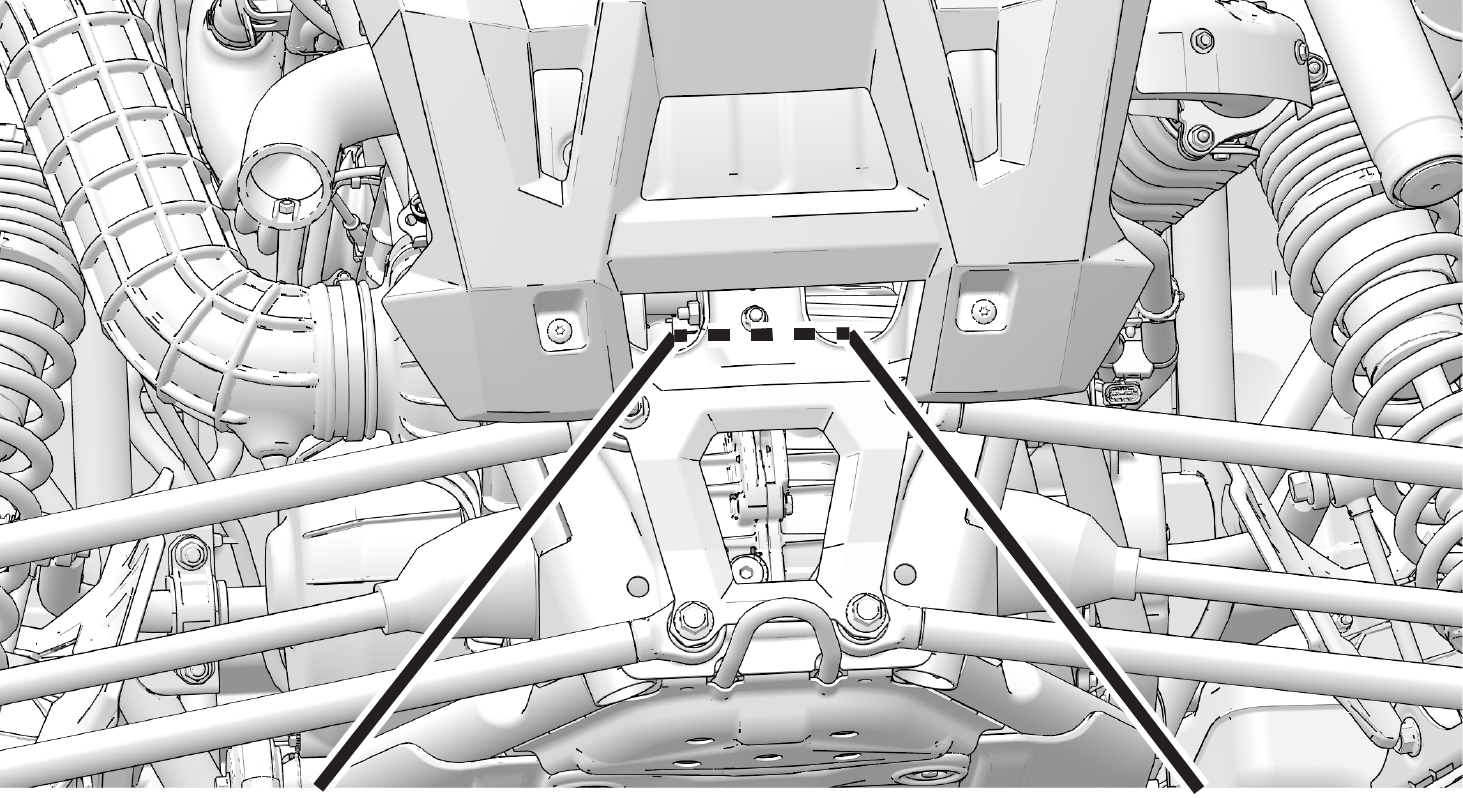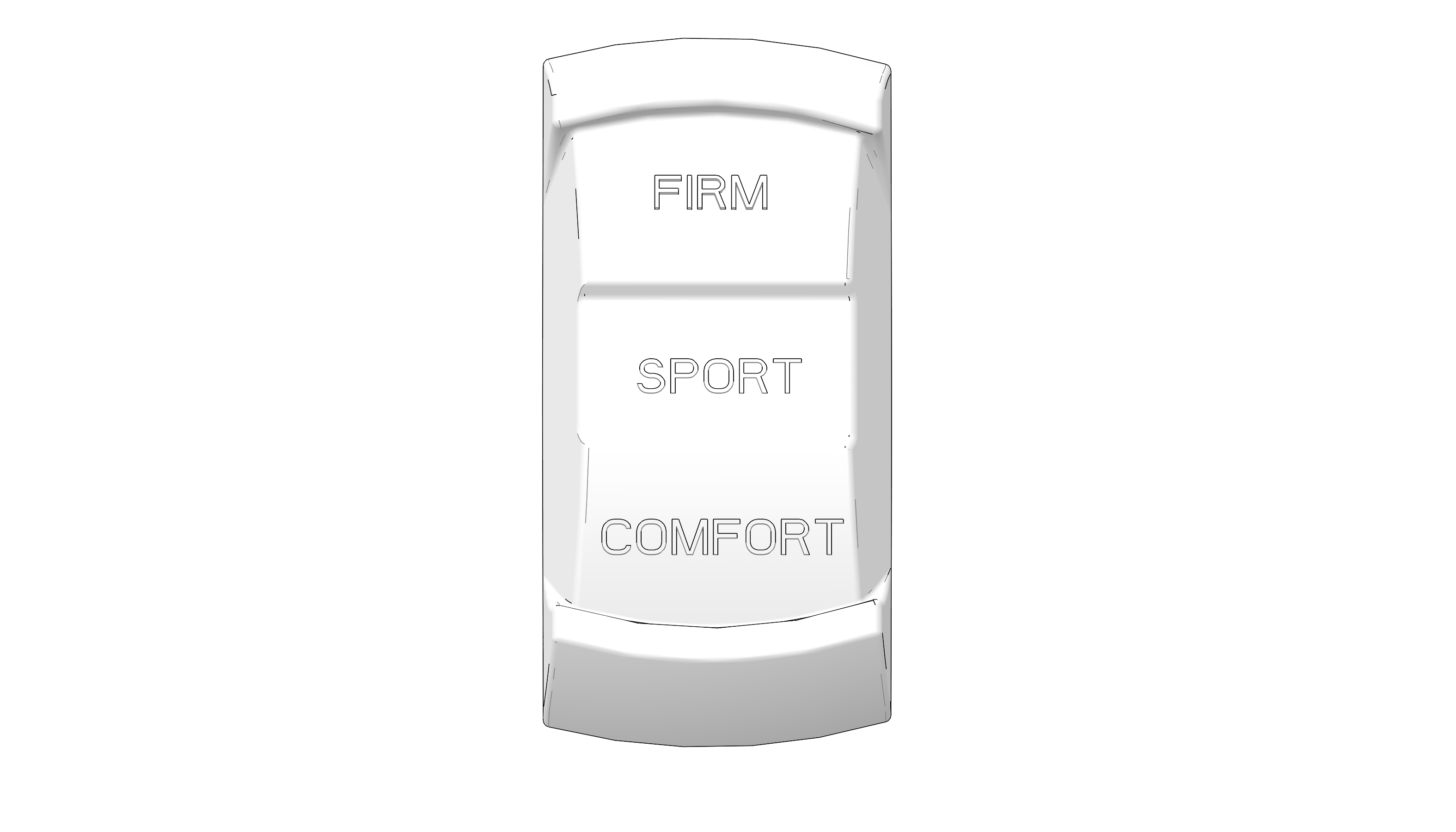
Content Source: 2019 RZR XP 1000 High Lifter / XP 4 1000 High Lifter Owner's Manual (9929659 R01) > Maintenance Chapter
| IMPORTANT |
|
The Owner's Manual for this vehicle contains warnings, instructions and other information you must read and fully understand before safely riding or performing maintenance on this vehicle.Always follow the warnings and instructions in Owner's Manual. Click the CONTENTS link above for the Table Of Contents, or download a full PDF of the Owner Manual in the Owner Support area of Polaris.com |
| NOTICE |
Water in the PVT system could cause the drive belt to become wet
and slip in the clutches. Always avoid spraying water into
the snorkels  |
| NOTICE |
| Starting the engine during the storage period will disturb the protective film created by fogging and damage could occur. Never start the engine during the storage period. |
| Engine exhaust contains poisonous carbon monoxide and can cause loss of consciousness or death. Never run an engine in an enclosed area. |
|
Cargo and other loose vehicle parts may fly off while
transporting this vehicle. Secure or remove all cargo, and inspect
the
unit for loose parts
prior to transport.
If transporting the vehicle in a non-enclosed trailer,
then the vehicle must FACE FORWARD, or roof must be removed.
Failure to comply may allow airflow, vibration, or other
factors to separate the roof from the vehicle and cause an accident,
resulting in serious
personal injury or death.
|
| NOTE |
| For functional descriptions detailing how to operate the DYNAMIX suspension system on certain vehicle models, consult the Polaris RideCommand manual. |
| NOTICE |
| After a ride, allow the engine to idle for 30 seconds before stopping the engine. This will allow the turbo system to cool down. |
| Vehicles equipped with DYNAMIX active suspension must be powered on, set to COMFORT mode, and properly functioning in order to ensure the shocks are operating at their minimum compression damping setting prior to securing the vehicle for transport. Failure to ensure the shocks are in their minimum compression damping setting prior to securing the vehicle can potentially lead to a reduction of intended strap tension while trailering. |
| Cargo and other loose vehicle parts may fly off while transporting this vehicle. Secure or remove all cargo, and inspect the unit for loose parts prior to transport. |




© Copyright Polaris Industries Inc. All rights reserved.